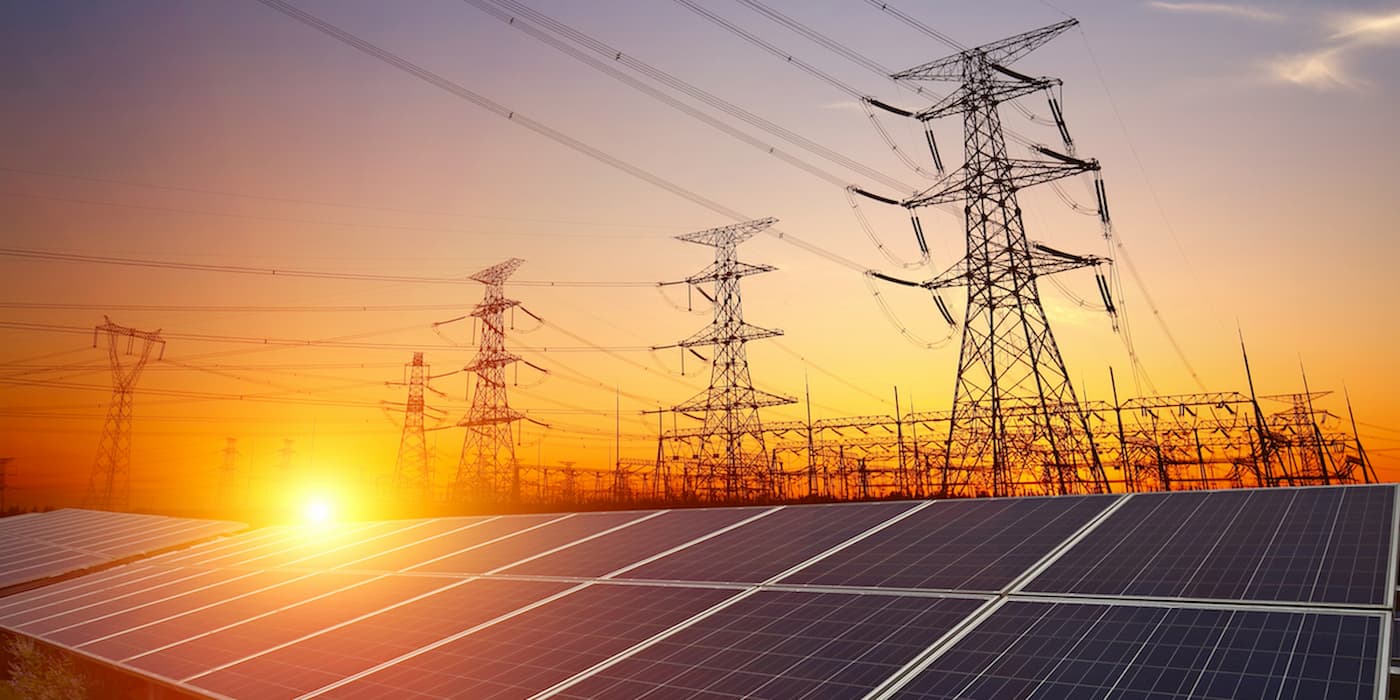
The Benban Solar Park aims to reach somewhere between 1.6-2.0GW of solar power by the middle of 2019.
The projects will receive no incentives, however, it will be given a 25 year contract to sell its electricity at 7.8¢/kWh to the the state-owned Egyptian Electricity Transmission Company (EETC) and pegged to the value of the US dollar.
Currently, 29 projects have received financing – representing at least $1.8 billion. These 29 projects represent almost 1.5GW of solar power.
The land was initially laid out with 41 unique plots ranging from 0.12mi2 to 0.39mi2. The total land area of the park is approximately 14.4mi2.
This eastern region of the Sahara Desert has some of the best solar power resources – sunlight – on the planet. Better than the US/Mexico western desert, but maybe just behind the world’s best spot in the Chilean desert highlands.
The centralization of electricity grid infrastructure – powerlines and power substations – allows for sharing of costs of expensive hardware, lowering the cost of electricity.
The project’s original analysis can be found here: Benban 1.8GW PV Solar Park, Egypt – Strategic Environmental & Social Assessment, Final Report. February 2016 (PDF – 220 pages). This document is an amazing breakdown of the considerations made when developing this project – environmental, employment, local villages, water, etc.
The park represents some of the complex financial models – partially backed by governments – that are coming together to help investment groups develop large-scale solar power projects at decent pricing. For instance – to help allay the fears of bankers – the ‘Multilateral Investment and Guarantee Agency’ (MIGA), an institution of the World Bank Group, is providing $210 million worth of ‘political risk’ insurance to private lenders and investors involved in the solar park. And also:
IFC and a consortium of nine international banks will provide a $653 million debt package to finance construction of 13 solar power plants, which will join 19 other plants to make up the Benban Solar Park – the largest private-sector financing package for a solar photovoltaic facility in the Middle East and North Africa. The plants will cost a total of $823 million to build, IFC said in a release.
At least 325MW of the site will make use of NEXTracker’s single axis trackers. I’ve sent an message via LinkedIN to the CEO to ask if he knows what kind of solar panels might be used. NEXTracker just put out a solid technical press release showing off bifacial solar panels combined with single axis trackers. Another 64MW of single axis trackers will be deployed by German group ‘Mounting Systems GmbH.‘
Egypt is increasingly turning to the sun for power as #solar has become competitive w/traditional generation. NEXTracker announced that it will supply 325MW of #NXHorizon trackers to the 1.6 GW Benban park: https://t.co/bzKnm1k6Zh @_sterlingwilson pic.twitter.com/s3e58O9yYn
— Nextracker (@NEXTracker) January 17, 2018
Construction is underway on multiple projects at the site, including a 165MW portion that just started work.
Considering residential solar? Understand Solar will connect you with local contractors, Tweet Me an I’ll give you some feedback or allow me to give you a professional residential consultation that will save you money.
Featured image was taken by Ghadir Shaar – and awarded as ‘Solar Industry Picture of the Year’.
For more electric vehicle, autonomous transport and clean technology news, make sure to follow us on Twitter, Newsletter, RSS or Facebook to get our latest articles.
FTC: We use income earning auto affiliate links. More.



Comments